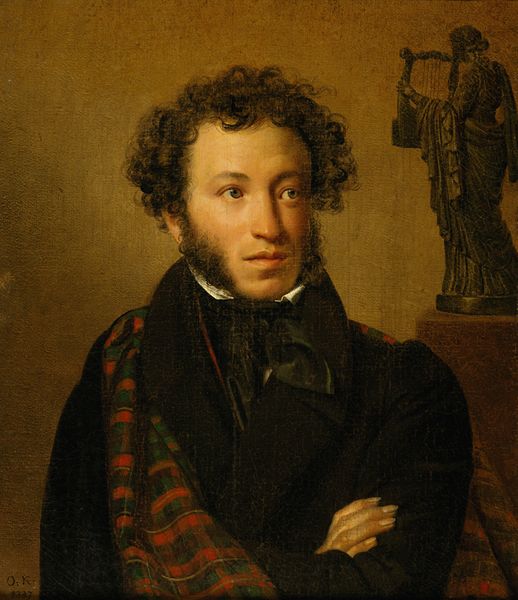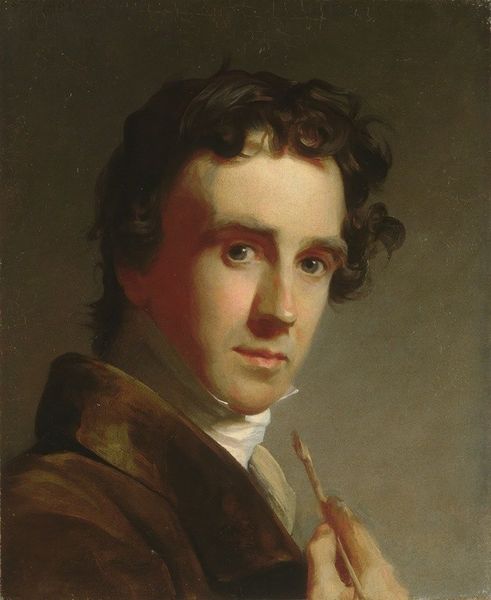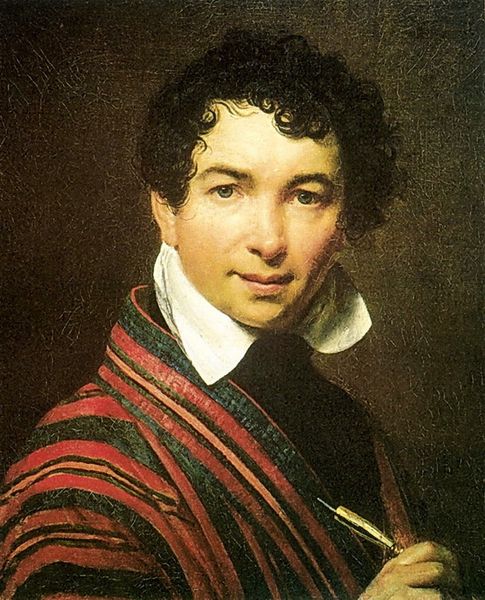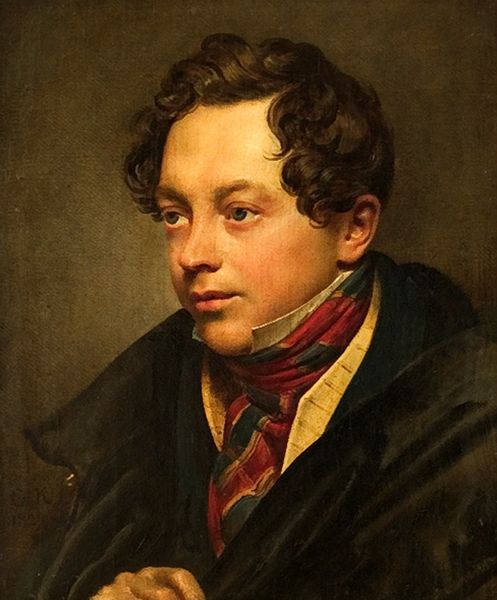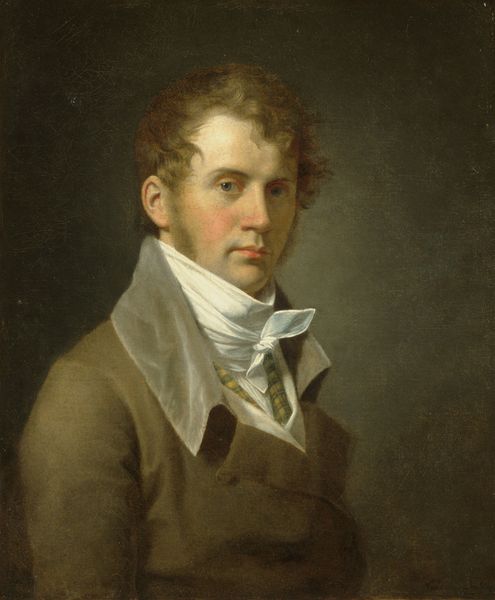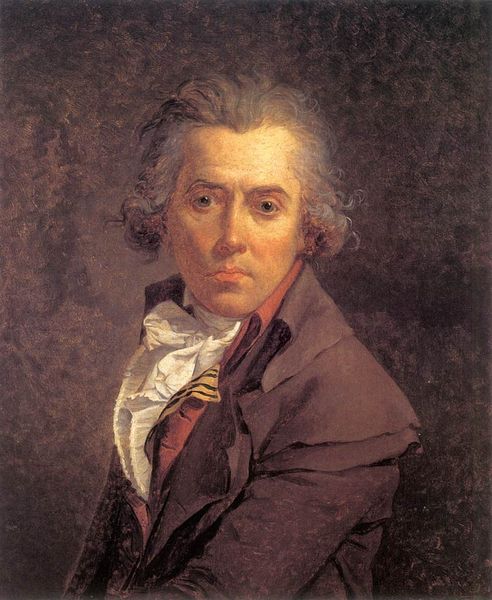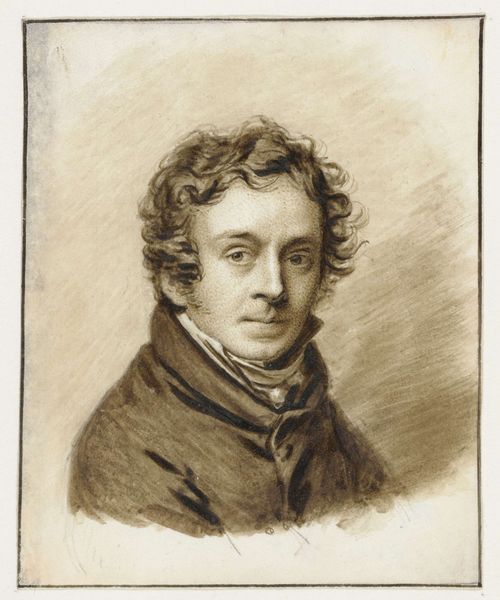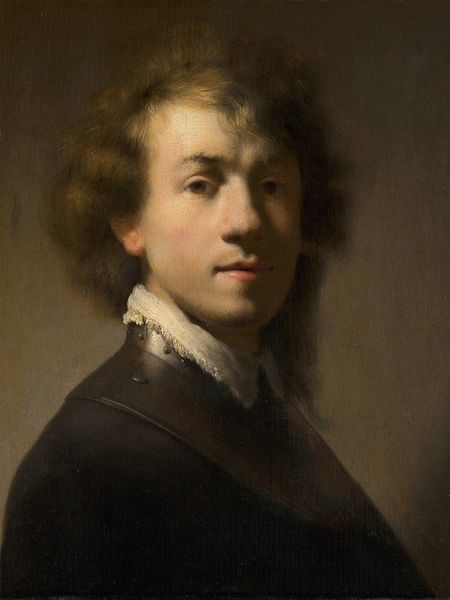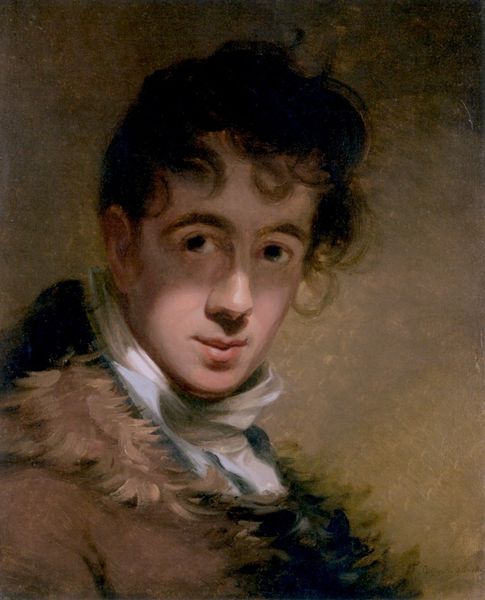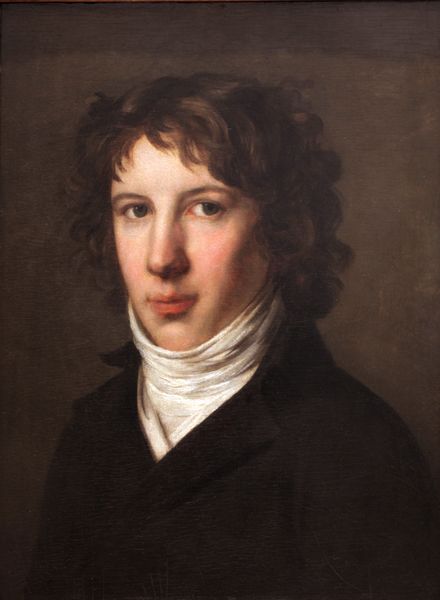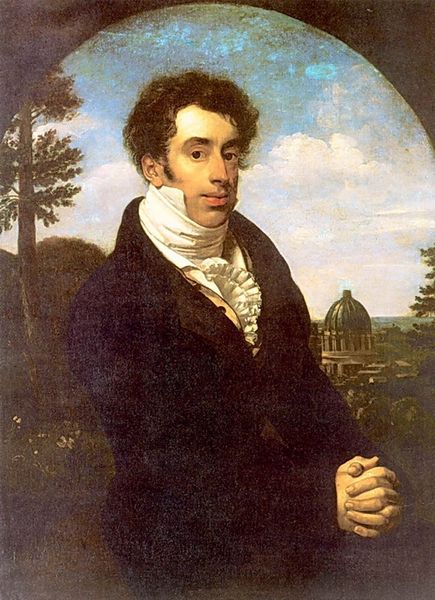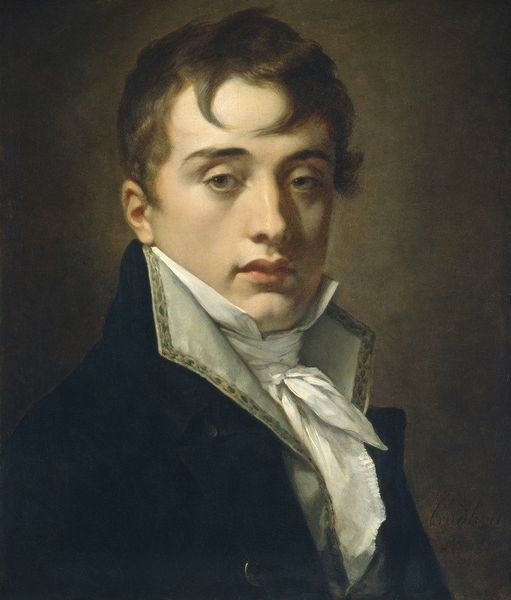
painting, oil-paint
#
portrait
#
self-portrait
#
painting
#
oil-paint
#
romanticism
#
realism
Dimensions: 41 x 35 cm
Copyright: Public domain
Editor: Here we have Orest Kiprensky's self-portrait from 1809, rendered in oil paint. It has a sort of raw, almost vulnerable quality. How do you interpret this work? Curator: It's fascinating to view this portrait through the lens of early 19th-century Russian society. Consider the artist's positioning—a self-authored representation within a rigidly structured, class-conscious environment. What statements might Kiprensky be making, implicitly or explicitly, about the role of the artist? About self-perception? Editor: So you're saying the self-portrait is not just about likeness but also about social commentary? Curator: Exactly. And consider the rise of Romanticism, influencing self-perception during that time. It also speaks to the identity and agency of the artist within broader political narratives. We should look at the interplay between individual expression and the historical forces that shaped the artist's worldview. Is it truly *self*-portrait, or something mediated through outside power structures? Editor: I hadn’t really thought about how Romanticism influenced self-representation, I see now how a traditional self-portrait opens up an invitation to understand the world surrounding its subject. Curator: Absolutely. Art is a mirror and a window, constantly reflecting and refracting the complexities of lived experience and historical context. What do you take away? Editor: It encourages you to look beyond just the face and dig into societal layers reflected within it, beyond traditional notions of portraiture. Thank you. Curator: Thank you. Keep digging!
Comments
No comments
Be the first to comment and join the conversation on the ultimate creative platform.
